I am currently drinking Sir Jason Winters Tea – one cup per day so far. It has the following herbs in it: red clover, indian sage and herbalene (which is an herb and spice mix that only takes up 2% of the tea mix as a whole – gotu kola, astragalus, ligustrum and 4 other basic spices). With lyme and hypercoagulation, if one is taking Japanese knotweed, or any of the other herbs in the protocol, are there any contraindications? I read in your book if one is taking the knotweed to not take any other things that thin the blood and I believe the red clover does that.
The red clover is not that intense of a blood thinner but basically I was thinking of pharmaceuticals in that passage of the book. This tea blend should work fine with the protocol.




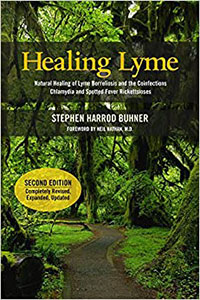
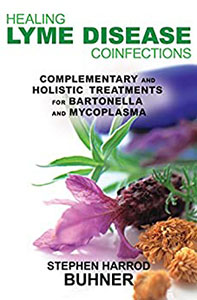
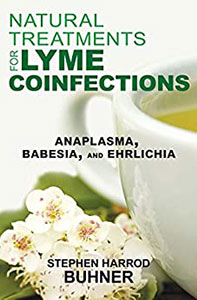
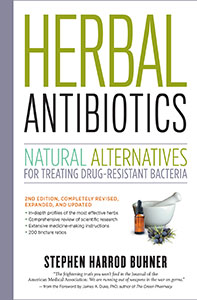
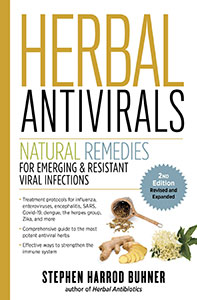
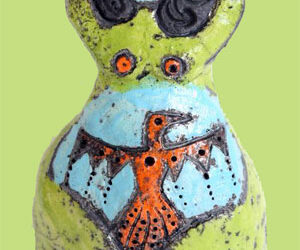
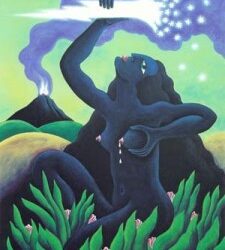
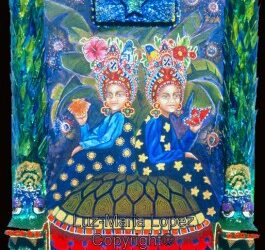
0 Comments